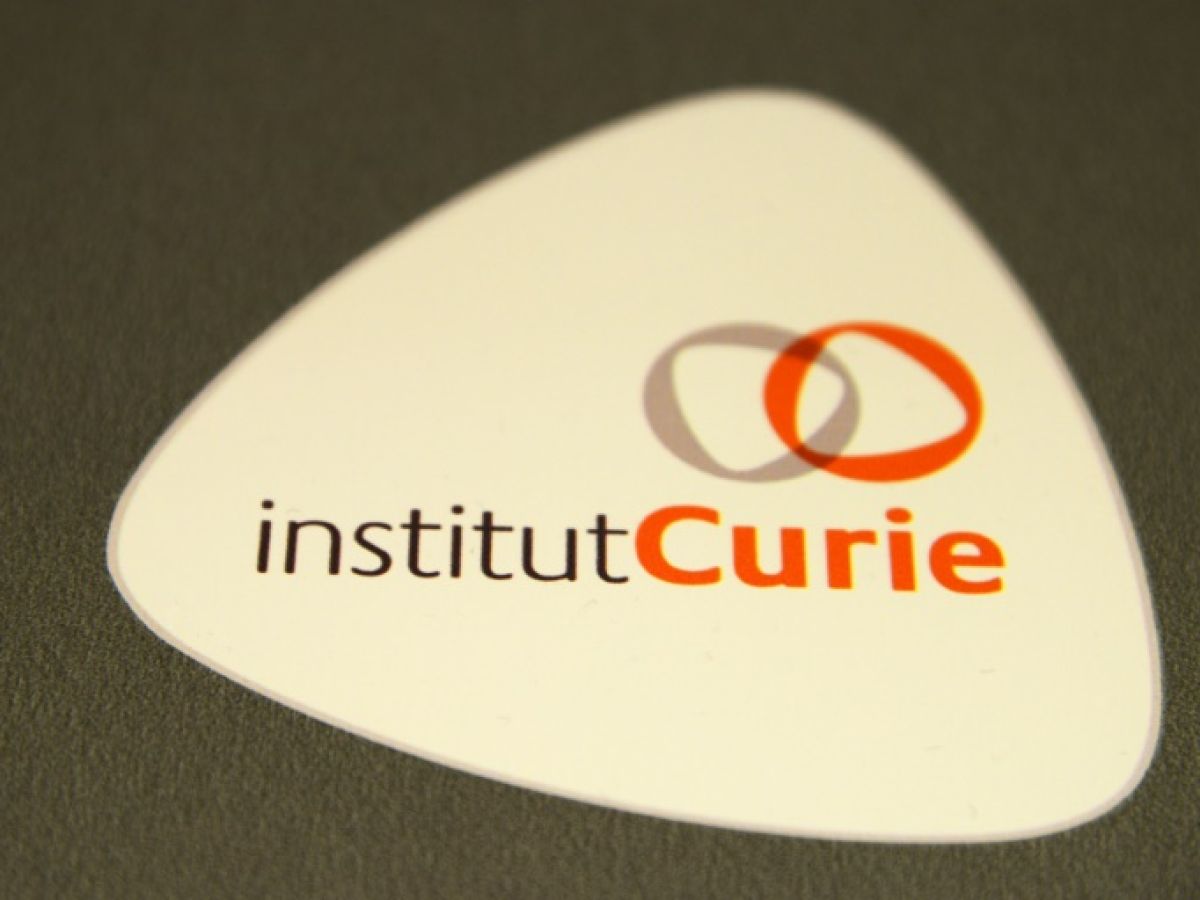The Curie Institute announced on Tuesday that it was launching a platform project dedicated to an experimental Flash radiotherapy process, in order to treat deep tumors of cancers with a poor prognosis, for which current treatments are not very effective or are too toxic.
Named FRATHEA and carried out in collaboration with the CEA (Commissariat à l'Énergie Atomique et aux Énergies Alternatives), with funding of 37 million euros from France 2030 (35 million) and the Ile-de-France region (2 million), this project spread over four years plans to install the platform on its site in Orsay, on the Saclay plateau, specifies a press release.
The subject of research for about ten years, Flash radiotherapy is a process using low-energy electrons to deliver very intense rays in a few milliseconds, five times more powerful than conventional radiotherapy, in order to destroy tumor cells, while sparing healthy tissue. It is designed to treat superficial tumors.
The Gustave Roussy Institute has developed the first Flash radiotherapy machine in France with the company Theryq.
As for the Curie Institute, its aim with its "irradiator" - clinical trials of which are due to start in 2028 - is to target deep tumors (20 to 30 cm) in order to treat cancers that are currently incurable, often inaccessible because they are located near vital organs: brain tumors, pediatric tumors, lung cancer, pancreatic cancer.
To do this, he wants to "combine Flash radiotherapy with the use of very high energy electrons", which will be "a world first", explained Professor Alain Puisieux, Chairman of the Board of the Curie Institute, at a press conference.
"Our ambition is to be able, in the future, to cure more patients with serious cancers, with fewer side effects, fewer after-effects and reduced treatment difficulty, which will allow us to hope for better treatment compliance," summarized Professor Gilles Créhange, head of the radiotherapy department at Curie.
"For childhood tumors, even if the prognosis has improved a lot in recent years, we must think about curing them but also about allowing them to grow better and age better," he added.
The company that will build the irradiator – whose safety and effectiveness the CEA will have to “demonstrate” to the regulatory authorities (ASNR, Nuclear Safety and Radiation Protection Authority) – will be chosen following a call for tenders by the summer.
